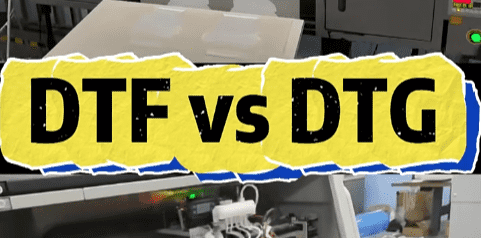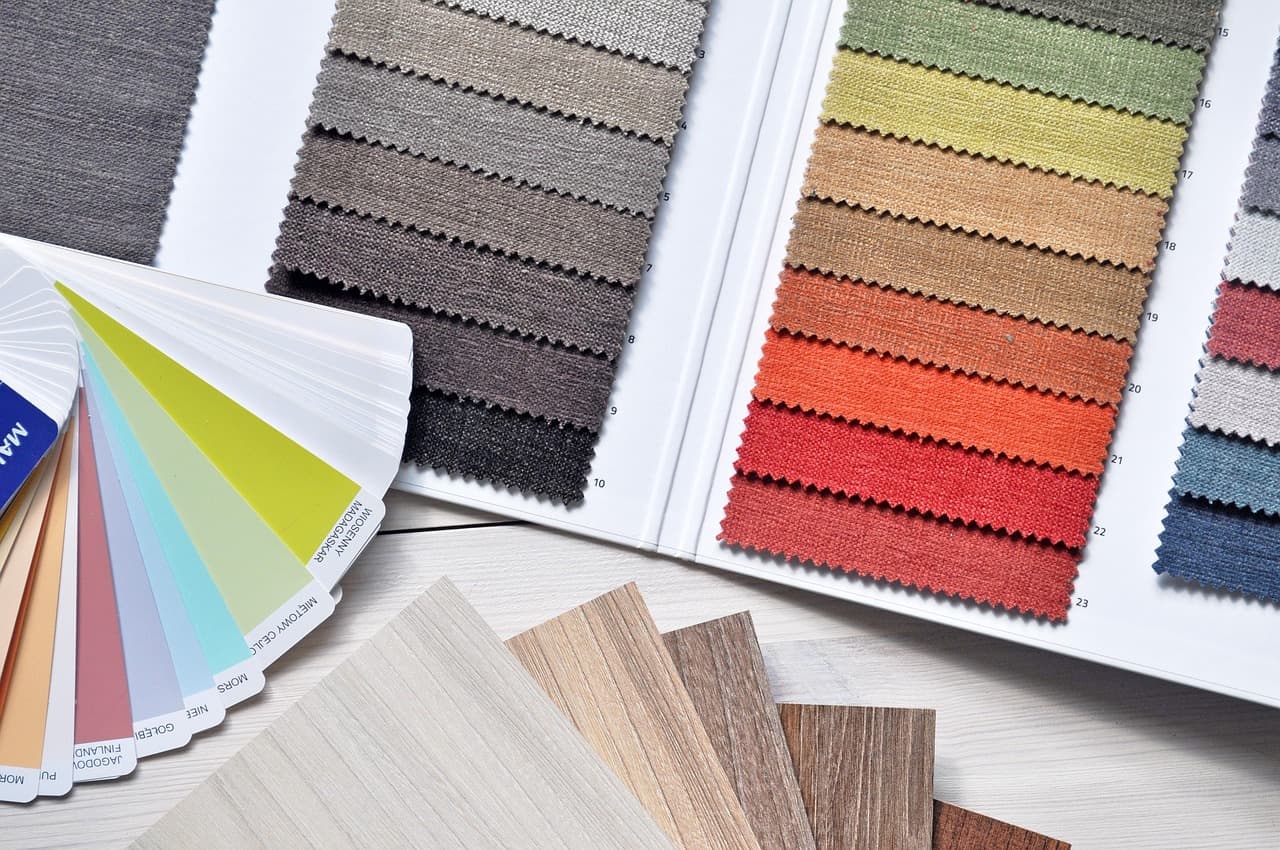Why Lululemon’s Success Lies in Selling a Lifestyle, Not Just Products
As of 2024, Lululemon has solidified its place among the top global activewear brands, with a revenue of $10.5 billion, marking a 23% year-over-year growth. The brand’s premium positioning is backed by a gross profit margin of 58.2%, thanks in large part to its highly efficient and innovative production chain.
From material innovation to high-speed production, Lululemon is more than a yoga brand—it is transforming into a holistic sports technology provider, combining functional apparel, smart textiles, and a lifestyle ecosystem. This article explores Lululemon’s rise through three key lenses:
1.Unmatched Product Excellence
2.Empowering Women: From Yoga Studio to Cultural Icon
3.Selling a Lifestyle: The Brand-Community Connection
I. From a Yoga Studio to the World: Building the Ultimate Product
In 1998, Chip Wilson founded Lululemon in Vancouver, Canada, after just one month of practicing yoga. He noticed a gap in the market—there were no yoga-specific garments. Women were attending yoga classes in aerobics gear, which lacked comfort, stretchability, and modesty.
Wilson’s insight wasn’t just about apparel—it was about solving a real consumer pain point. Thus, Lululemon was born inside a yoga studio, targeting the so-called “super girls”: women aged 24–40, highly educated, fitness-conscious, financially independent, and willing to pay a premium for quality.
A. Fabric and Functional Design
Lululemon developed its signature Luon fabric, a blend of 86% nylon and 14% Lycra, known for its four-way stretch, breathability, and cotton-like softness. The pants feature flatlock external seams to reduce chafing and visually elongate the legs and lift the hips. Diamond gusset and seamless crotch designs eliminate discomfort and enhance modesty—a historic breakthrough in activewear design, elevating yoga pants from gym wear to street fashion.
B. Production advice
We recognize that producing such functional and fashion-forward garments requires precision engineering in fabric cutting, stitching, and QC processes. At our facility, we integrate AI-driven defect detection, automated seam tracking, and multi-needle flatlock machines to replicate such performance-enhancing constructions at scale—ensuring consistency in both comfort and durability.
II. Beyond the Yoga Mat: A Symbol of Female Empowerment
Before 2008, yoga pants were largely confined to studios and gyms. But the 2008 financial crisis disrupted global fashion codes. Wall Street’s formal dress culture waned, and Silicon Valley’s casual, wellness-oriented vibe took over.
With the rise of iPhones and Instagram, tech entrepreneurs became the new trendsetters. Women in tech started wearing leggings to work, shifting the perception of yoga pants from “inappropriate” to empowering fashion statements. The athleisure boom swept across North America and Europe, where comfort met style, and form-fitting activewear became daily essentials.
By 2017, yoga pants overtook jeans as the top-selling women’s casualwear in the U.S. Spending $150 on leggings made sense—not just for workouts, but for fashion, function, and freedom of expression.
III. Not Just Selling Products—Selling a Lifestyle
Studies show that nearly 30% of Lululemon customers don’t exercise regularly. Why do they buy? Because they’re buying into a lifestyle—one that represents health, confidence, and community.
Lululemon rarely advertises or uses celebrity endorsements. Instead, it builds an immersive community retail experience. Every store acts as a local wellness hub, hosting free yoga sessions, community events, and partnering with fitness influencers and coaches as “store ambassadors.”
This community-first model forms emotional connections with consumers, building loyalty and word-of-mouth marketing.
Conclusion: Lululemon’s Blueprint for the Future of Apparel
Lululemon is not just an athletic wear company—it’s a lifestyle movement, rooted in material science, agile production, and emotional branding. Its success offers critical insights for clothing manufacturers and brands:
- Premium pricing comes from performance, not just branding
- Innovation in fabric and fit is non-negotiable
- Building community is more powerful than marketing
- Agile supply chains win in a trend-driven economy
For factories, Lululemon is not just a customer—it’s a model for transformation, showing how technical upgrades + market insight = brand-level competitiveness. As we continue to innovate in automation, sustainability, and smart apparel, we welcome partners who are building not just products—but lifestyles.
Tags:






Leave a comment
Your email address will not be published.